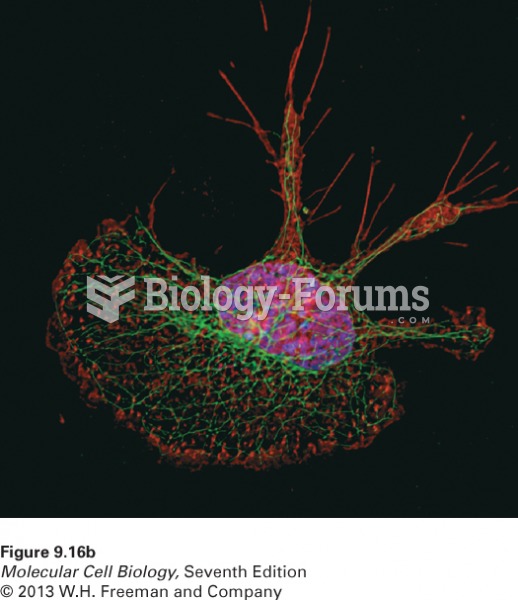Answer to Question 1
Answer:
To properly code using the CPT, choose the number code associated with the English-language description of the procedure performed. Sometimes the procedure will be phrased in different terminology (i.e., testectomy is found under orchiectomy even though both are legitimate medical terms). Therefore, it is important to check all related codes and alternate terminology for a procedure. It may also be necessary to consult a medical dictionary for alternate terminology for a specified procedure.
Each section of the CPT has specific instructions relating to that section prior to the first codes. It is important to read each of these instructions to properly code the procedures contained in that section or review the appropriateness of the codes (in the case of the claims examiner). Within each section there are instructions related to each body system as well, for example, in the surgery section there are instructions for musculoskeletal and then instructions for organs, etc.
Some descriptions in the CPT are subprocedures of other descriptions. These subheading descriptions will be indented under the main procedure. To properly read an indented procedure, read the description of the main procedure (the one not indented) up to the semicolon. Then add the remaining description found in the indented wording.
For example, codes 21208 and 21209 read as follows:
21208 Osteoplasty, facial bones; augmentation (autograft, allograft, or prosthetic implant)
21209 reduction
Therefore, the correct description for 21209 is Osteoplasty, facial bones; reduction. It is important to carefully read the full description of all related procedures before choosing the one which best describes the procedure performed. A slight change in the main description can significantly alter the meaning of the indented procedure.
Answer to Question 2
Answer:
a. Clinical Manual
The ICD-10-CM will be similar to the ICD-9-CM except the codes are more specific and expanded to allow for additional codes to be added in the future. Volumes I and II remain in this manual. All healthcare settings will utilize this portion.
b. Procedural Service Codes
This ICD-10-PCS manual has been drastically upgraded for inpatient hospital settings to code procedures. This manual contains Volume III. It is tentatively set to release in the summer of 2012 for available use in the fall of 2012. Full implementation is expected in 2014. The ICD-11 is in the works and will be implemented between 2014 and 2020.







